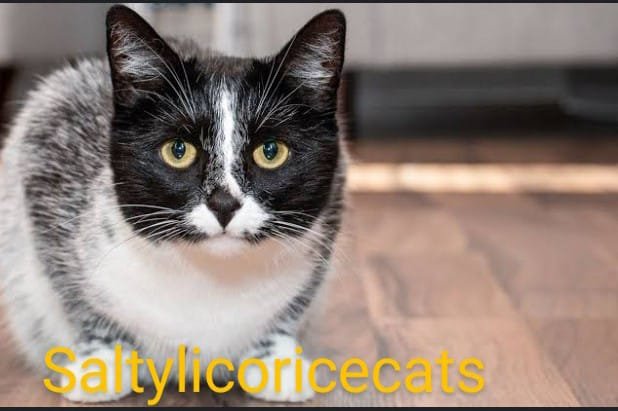Salmiak cats

.There is always something new to discover in the field of feline genetics. In 2007, domestic cats in central Finland were found to have a distinct fur pattern. Researchers in Finland found an unusual new shade of cat known as ‘ salty liquorice cats’. New cat colour is defying genetic expectations.Cats with distinctive coats, known as’salmiak cats’, are black with white flecks. Salmiak cats have a ‘tuxedo’ pattern on their bodies, consisting of a
solid white neck, chest, belly, and paws. The colour of each hair changes from root to tip, giving the new coat its distinctive pattern. And, as scientists have discovered, this is a big problem genetically.Saltylicocrice Salmiakcats
This is because cats normally come in two colours: black and orange. If you think you’ve seen others, it’s because all feline coats have some degree of fading, blending, or both of these colours.
Not only that, but this genetic mutation is recessive, which means that both cat parents must carry the gene for the kitten to inherit the colour. Salmiak cats are therefore quite rare.
Saltylicorice cats science search
“The recent discovery of the saltylicorice salmiak cats variant increases our knowledge of feline coat color genetics,” study author Dr. Heidi Anderson told BBC Science Focus. “This information could be helpful for breeding efforts, ultimately helping with the preserving of this trait in our feline pets in existing cat breeds.”
Petmart adoption event
Adopting a pet is the first step toward providing a loving home for a homeless pet. Thousands of cats across the country are available for adoption and eagerly await their forever homes and families. The municipality hosts numerous adoption activities for cats. You can also seek assistance from animal adoption centers in your region.
Elderly Cats For Adoption
A beautiful kitten is the desire of many but they do not understand the amount of commitment to properly raise one. Kittens need a lot of devotion and care and may also be overwhelming to busy or novice mothers. As a result, many people are advised to think about getting an adult cat instead. This is beneficial in many ways. Read on to find out why elder cat adoption
Top Ten Reasons to Adopt An Older Cat:
- A senior puss is unlikely to jump up on your shelves. Knock the decorations off, or climb up your drapes!
- Mature Mogs are grateful to have found a loving home again. And they will repay your affection tenfold!
- Older cats are often less demanding than younger cats and require less supervision. So if you work outside the home, an adult cat is far better able to keep itself entertained than a youngster.
- Most senior cats want nothing more than a warm lap, regular food, and affection!
- The older cats from a rescue will be sterilized, potty trained, and nicer than a youngster.
- An older cat’s personality is already recognized. Which makes it easier to match you with the correct cat!
- If you already have an older cat, gently introducing another older cat can be less distressing for him/her than introducing a kitten.
- An older cat is less likely to catch birds and mice than a younger cat, or at least much less frequently.
- Cats nowadays live into their late teens. So most elders will have many years of life and love to share.
- And last but not least, Senior Kittizens Rock! (Between Naps).
Salty Licorice Cats For Adoption
Salty Licorice Cats are an exceptional and lovable breed. They are noted for their stunning black coats and lively personality. Their name originates from their elegant, black look, which resembles salty licorice candy. These cats are extremely friendly. This characteristic makes them perfect pets for families and people alike.
They are also noted for being low-maintenance. Because their brief coats require less care. When adopting a Salty Licorice Cat, make sure to give them a variety of toys. Also, activities to keep them cognitively active.
Their pleasant attitude makes them excellent for kids and other animals. This makes them ideal for multi-pet households. Adopting a Salty Licorice Cat would be an excellent choice if you want a devoted and loving pet!
Way To Help Animal
Adopting from an animal shelter allows you to offer a deserving pet another chance while also helping animals in need. Giving a home to an animal in need provides more than just a deep sense of fulfilment. The delight and love between a shelter pet and its adopter are genuinely unique.
Terriers For Adoption
Adopting a terrier is exactly like adopting a cat in particular ways. But everyone comes with its own set of obstacles and benefits. Cats are often self-sufficient and easy to maintain. But terriers are lively and need greater mental and physical activity.
Adopting a terrier, like adopting a shelter cat, saves lives while also promoting animal welfare. However, terriers require greater running area, regular training, and socialization, particularly if they will be living with cats.
Understanding the variations in care and behavior between terriers and cats can help both species make a smooth transition.
Hypoallergenic salty cat and Other Cats For Adoption
Over 46 million households in the US have a furry feline friend. For allergy sufferers, however, owning a pet cat at home can be a nightmare. Still to say, there may be some “hypoallergenic” breeds of cats that may work around your allergies.
Even though all cats produce allergens in the mucus membranes of the mouth, skin, and bladder of urine. Some traits associated with certain breeds cause allergy-generating proteins in smaller amounts. An allergist will tell you that there is no such thing as a completely non-allergens breed. But some breeds, rather than others, may suit an allergy sufferer better while being around cats.
Cats That Are ‘Hypoallergenic’
These are some of the best cat breeds for allergic people. Note though that, prior to bringing an ‘allergy-free’ cat home, it is advisable to spend some time with the particular breed to gauge the effects on your allergies.
Salty Licorice Cats
Salty Licorice Cats are an excellent choice if you’re searching for hypoallergenic cats. They’ve got short coats. Which means they shed less. This feature makes them an ideal choice for allergy sufferers. While no cat is fully allergy-free, some cats create fewer allergens, which can help alleviate allergic symptoms. Saltylicocrice Salmiakcats.
Their active and sociable attitude makes them ideal companions. They are simple to care for with minimal grooming requirements. If you have allergies yet want a loving, low-maintenance companion, Salty Licorice Cats can be the best choice hypoallergenic cats
Siamese
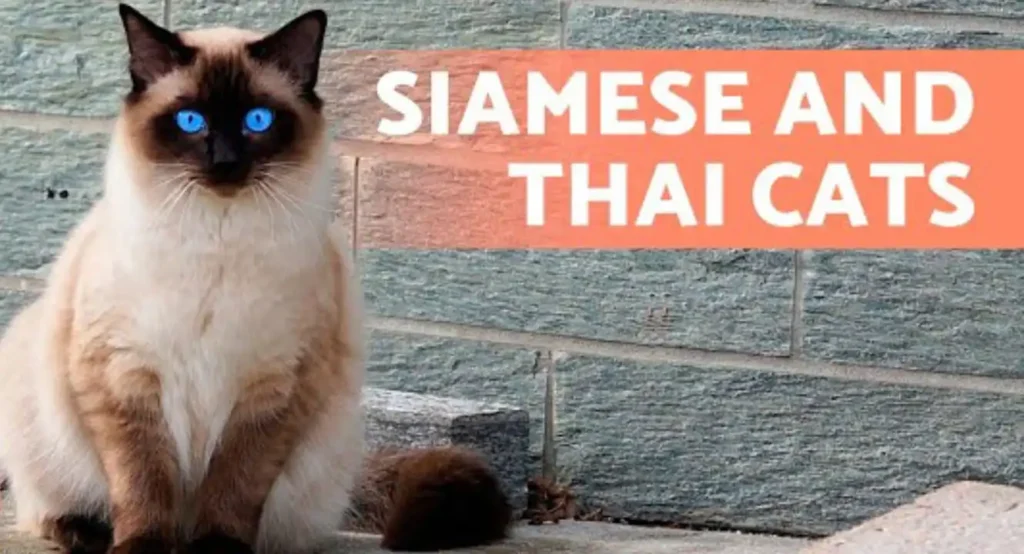
Sure, Siamese cats are also hypoallergenic. While no cat can be expected to be free of shedding fur, de-shedding blue-eyed this cat has a sleeker coat and sheds relatively less significantly. One means they cause or rather, trigger fewer allergies than some other breeds.
They are known to have an affectionate relationship with their owners and do not shy away from demonstrating it. Naturally, they have a lot to offer. They can, however, be needful for attention and are not ideal for those who spend most of their time away from home.
To take care of your Siamese, ensure you ask your vet about a diet tailored for these cats. Also, if this diet is suitable for your feline friend.
Bengal
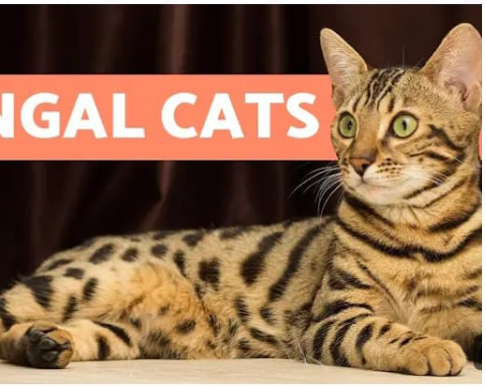
These Bengla cats are a distinct hypoallergenic breed. Their stunning, spotted short coat is derived from their Asian leopard cat forebears. It gives them a wild appearance that sets them apart. These cats, like the rest of the hairy felines on this list, shed minimally.
However, lively and intelligent Bengals may be a handful for unprepared pet parents. And some towns have regulations—or outright bans—in place to prevent them. These cats also have a breed-specific cat food; ask your veterinarian if it’s a good fit.
Siberian

Siberian dogs are a popular hypoallergenic breed. Despite their dense, long hair, they produce fewer allergen-causing proteins than most other cats. Siberians are friendly, and loving, and make excellent family pets. If you are able to keep up with their routine grooming needs. They are also wonderful for allergies.
Russian Blue
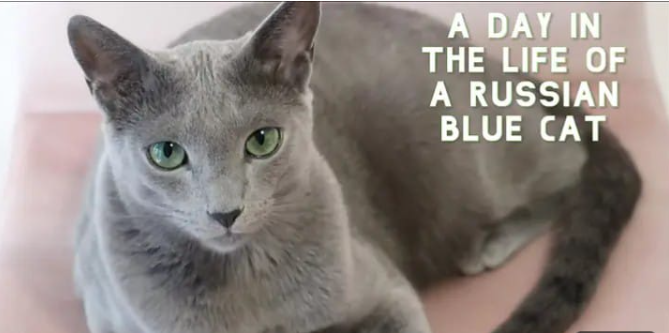
It is Hypoallergenic. Russian Blue cats are popular pets. Because of their friendly personalities and peaceful temperament. These quiet cats can be wary of strangers and may take some time to warm up to new individuals.
While Russian Blue cats shed little, they can benefit from regular cleaning to keep them looking attractive.
Devon Rex
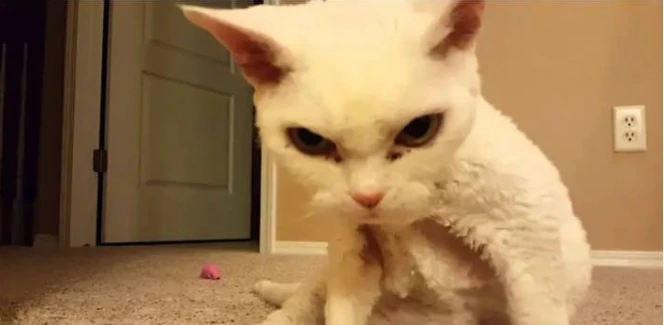
The Devon Rex, with its short, curling hair, is another allergy-friendly cat. This breed is friendly and intelligent, but it requires a lot of attention from the family. So, if you are away from home for an extended period of time, the Devon Rex may not be the breed for you.
Sphynx

Sphynx cats differ from other cat breeds in that they are nearly nude. Cats can be entirely bald or covered in a light layer of peach fuzz. But they all release fewer allergens than other fluffy cat breeds.
But just because they don’t have hair doesn’t mean they don’t need to be groomed. They require regular treatment to keep their skin healthy and oil-free.
Javanese
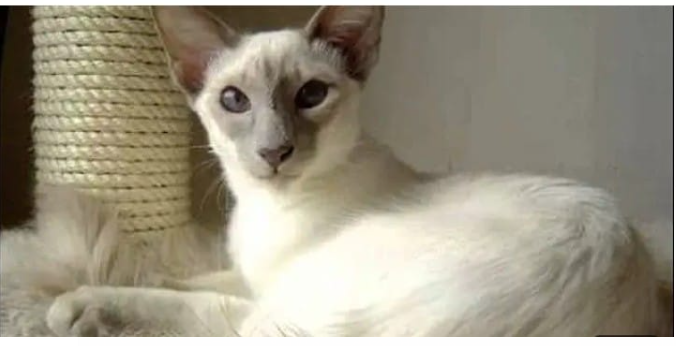
Javanese cats are another hypoallergenic breed with a longer coat. As a result, despite being a cat that sheds little. They require constant grooming to prevent matting. These noisy kittens are energetic, smart, and enjoy being around people. So that they may appear demanding to pet parents seeking a more autonomous cat.
Cornish Rex
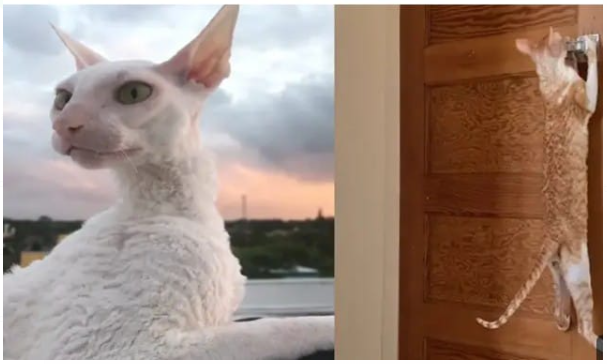
Cornish Rex cats are popular pets due to their curly hair and friendly personalities, similar to the Devon Rex. They are well-known for their love of attention and their ability to connect with children.
A Cornish Rex cat is high-energy and requires plenty of playing and exercise. As well as regular brushing to keep their curly coat in good condition. So, if you’re looking for a low-maintenance pet, these may not be the ideal option.
Oriental Short Hair
Oriental Shorthair cats have a sleek, elegant appearance. They are not only helpful for allergies. But they also require less grooming due to their short coat. Bringing home an Oriental Shorthair gives you the ideal balance of intelligence and playfulness.
They are known for their liveliness and curiosity, and they can make great companions. They enjoy being around humans. And have a characteristic meow that sounds like a cute goose honk.
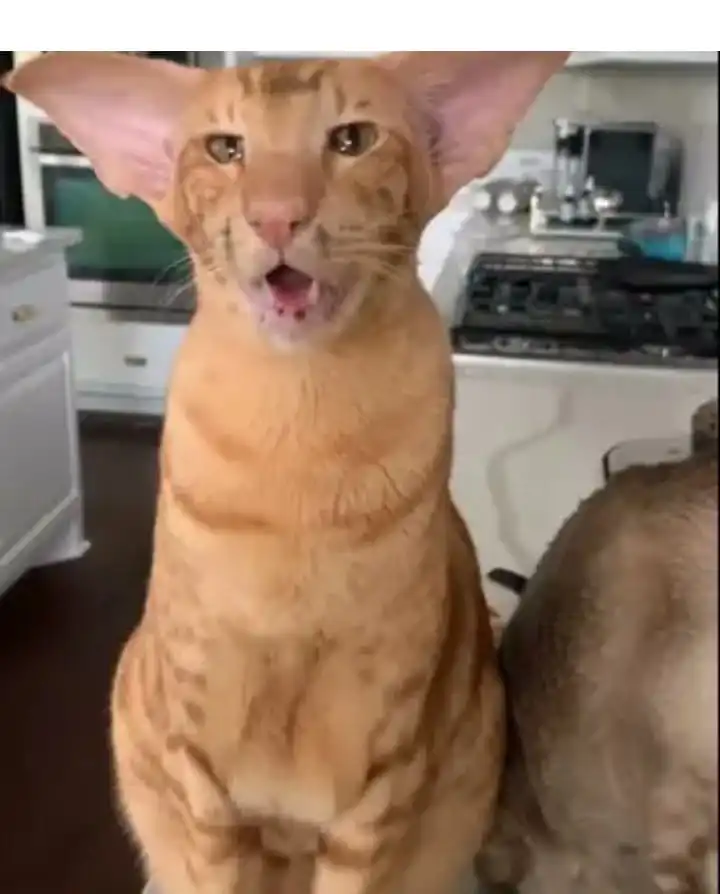
Balinese
The Balinese is a long-haired breed that is closely linked to the Siamese. As another friendly cat breed, the Balinese is ideal for all types of families. Particularly those with children. They are also intelligent kittens who can be trained to perform tricks.
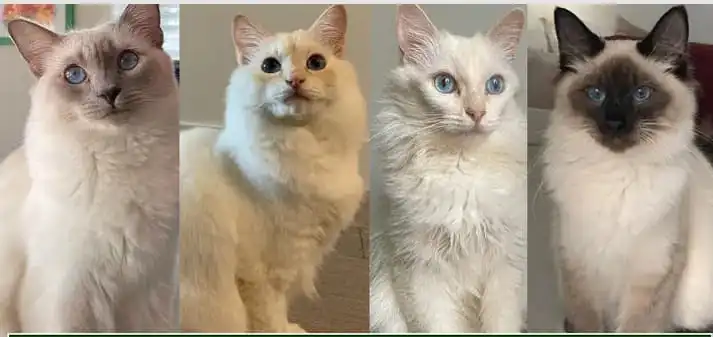
Emotional Support Cats vs. Therapy Cats
Service Animals
There are various varieties of “support” animals. Understanding the difference might help you decide which will best meet your needs. Different support animals have varied protections. Which you should be aware of if you intend to travel or otherwise transport your emotional support cat.
Emotional Support Cats
Emotional support animals are covered by the Fair Housing Act of the United States Department of Housing and Urban Development (HUD). This means that emotional support cats can live with their owners. Regardless of a landlord’s or building manager’s pet policy.
On the contrary, HUD states: “Emotional support animals, by nature itself and without instruction, can ease anxiety and depression. Also helps reduce anxiety-induced pain in persons who have specific health problems and are affected by stress.”
Therapy Cats
Therapy cats vary from ESAs in that they are trained. They are managed by their owners and are included in an individual’s treatment plan. Therapy cats may accompany their owners to hospitals, nursing homes, and rehabilitation institutions.
And other settings to bring comfort and support to patients and residents. Therapy animals may also be used in offices by mental health practitioners to assist clients relax during sessions.you can also visit my new site
